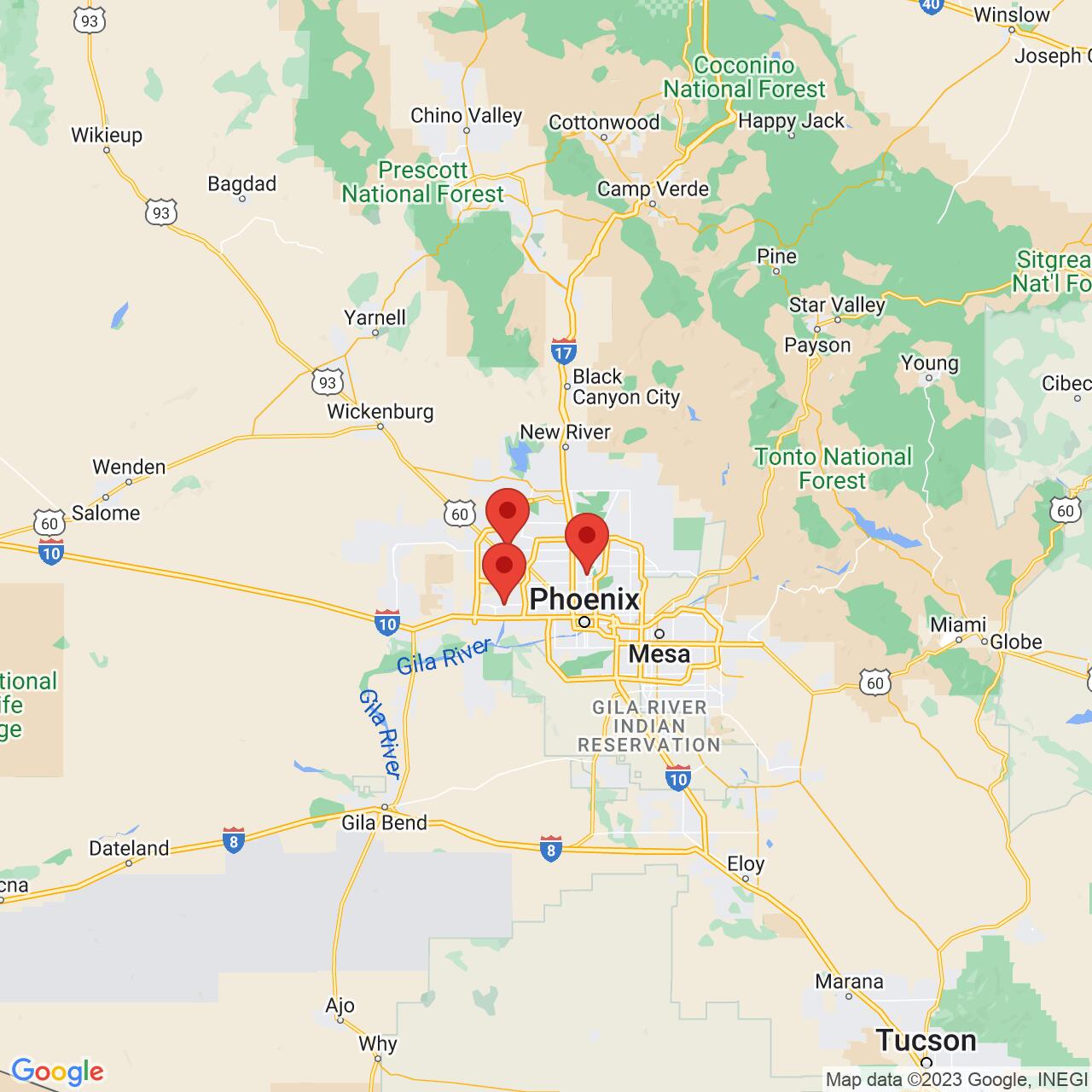When you come to a 4 way stop, who has the right of way? Do you often find yourself looking at other drivers, wondering whose turn it is to go next?
First, it’s important to come to a complete stop whether there are other cars at the intersection or just you. Whichever car arrives first obviously gets to go through the intersection first and so on. If you’re the last person to arrive you’ll have to wait for the other three cars to proceed and just wait your turn.
If there are two or three cars that arrive at the same time at the 4 way stop, the car furthest to the right always has the right of way. Not all drivers, as you can imagine, obey this rule so it’s always a good idea to wait a few seconds before proceeding through the intersection to avoid an accident.
When Four Cars Arrive at a 4 Way Stop, Who Goes First?
What happens, though, when four cars get to the intersection at the same time? So, at a 4 way stop, who goes first?
Attorney Ken Gerber, an experienced Phoenix car accident lawyer, says there’s “no actual answer. In that situation, the drivers are expected to grant one of the vehicles the right of way and then follow suit thereafter. Confusing, but we are ultimately charged with driving responsibly and courteously. Courtesy says let someone else go first. The reality is that the likelihood of all 4 getting there at the exact same time is slim. It’s more of a theoretical situation.”
To make things even more confusing, what happens when there are no stop signs at a through street? Gerber gives this example of a situation he came across the other morning at a north/south through street with no stop signs.
Who’s on First?
Vehicle #1 gets to a stop sign on a side street getting ready to make a left turn and go north onto the through street,” Arizona lawyer Gerber explains. “Vehicle #2, on the opposite side of the through street, gets to his stop sign, ready to make a left and go south, the opposite way on the through street. Vehicle #3 pulls up next to Vehicle #1 and is getting ready to make a right turn onto the through street and will be going south, the same direction as Vehicle #2 from the opposite side of the street. As the first vehicle, Vehicle #1 makes his left turn. Between Vehicles #2 & #3, who has the right of way?”
The answer may surprise you. You might think the same rules apply as at 4 way stop but being an experienced Phoenix personal injury lawyer, Ken Gerber knows there are a unique set of rules in this scenario.
The answer is actually that Vehicle #3 has the right of way to make the right turn and head southbound,” said Gerber. “As the vehicle making a left-hand turn, Vehicle #2 has the duty to yield to any oncoming vehicle, which includes Vehicle #3 in this case.”
Arizona Law on Stop Signs
Arizona law explicitly states that all drivers must stop at a specified point at a stop sign. If there’s not a stop line on the ground or crosswalk, a driver must stop before entering the intersection and when they have a clear view of traffic on the crossing street. If there is a crosswalk, a driver must stop before it. Failure to stop at a stop sign could result in a traffic citation. The penalties can be even worse if you end up hitting another car or pedestrian as a result of not stopping.
The maximum fine in Arizona for a stop sign violation is $250, plus surcharges. A conviction could also add two demerit points to your driving record. If you’re in an accident due to not stopping, you could get a reckless driving conviction or even vehicular homicide charges if a person is killed.
If you are injured in an accident in Phoenix Arizona or the surrounding area, you need a winning Attorney now. Please give us a call at Gerber Injury Law for a free consultation.


